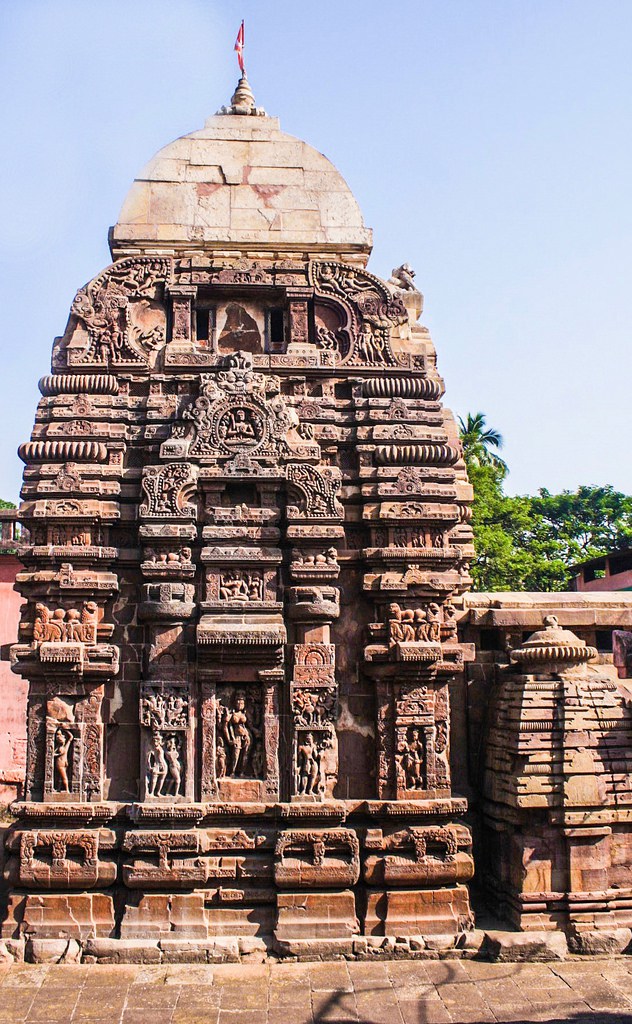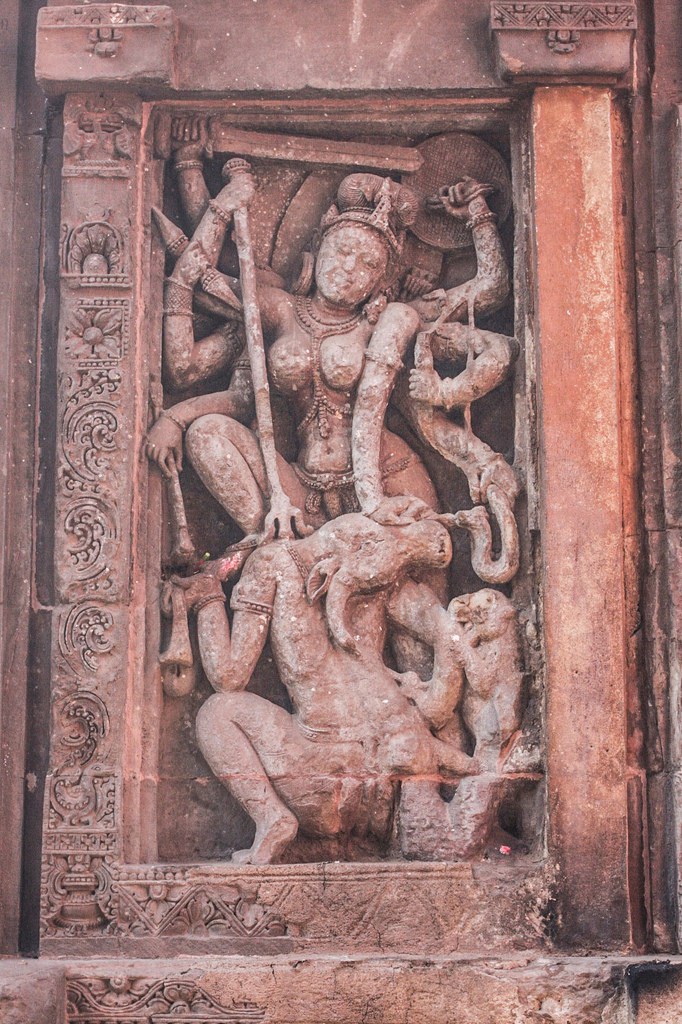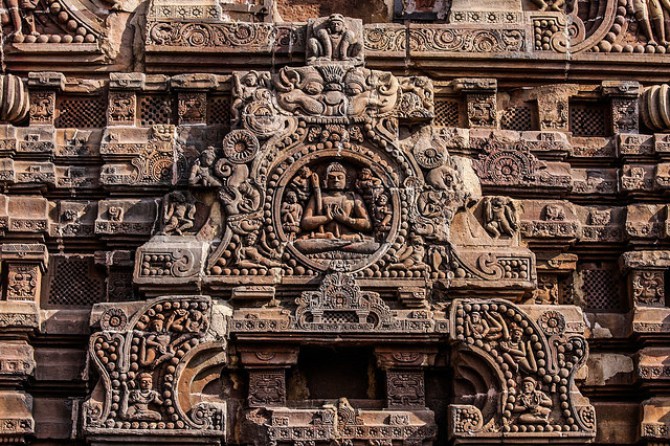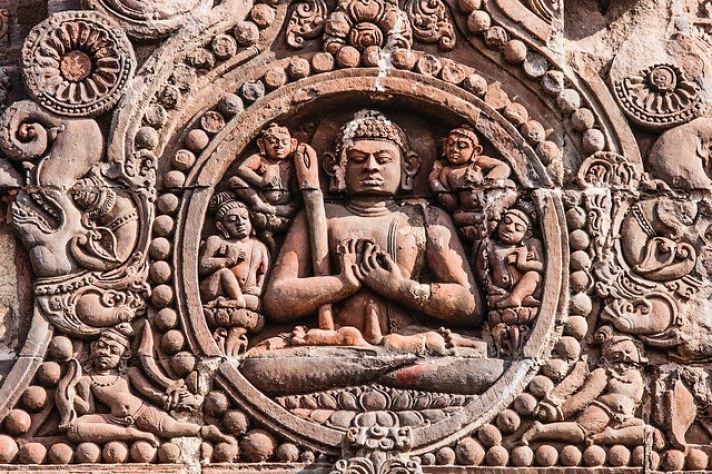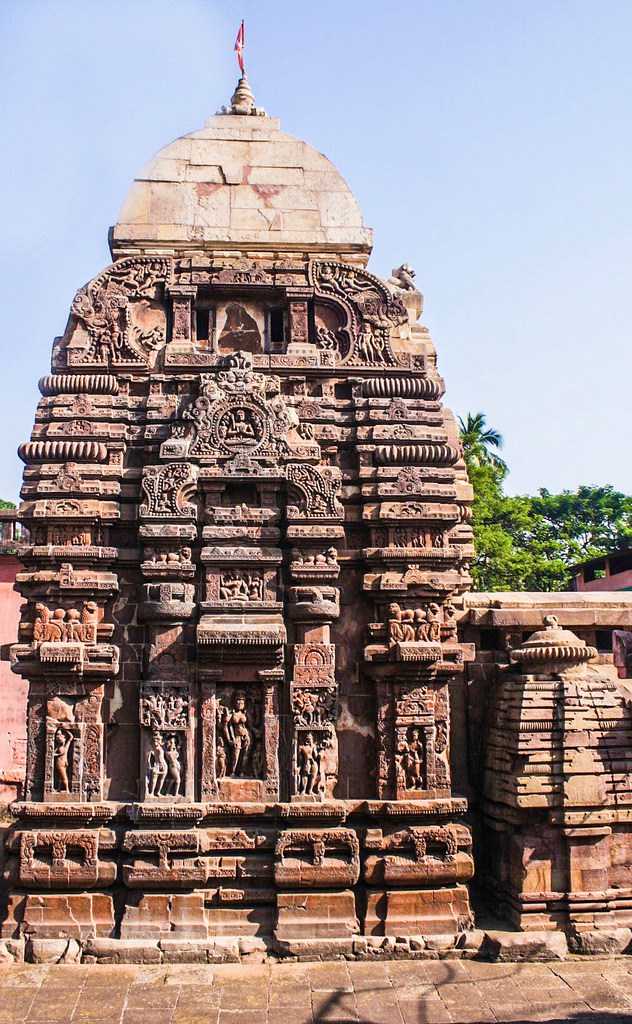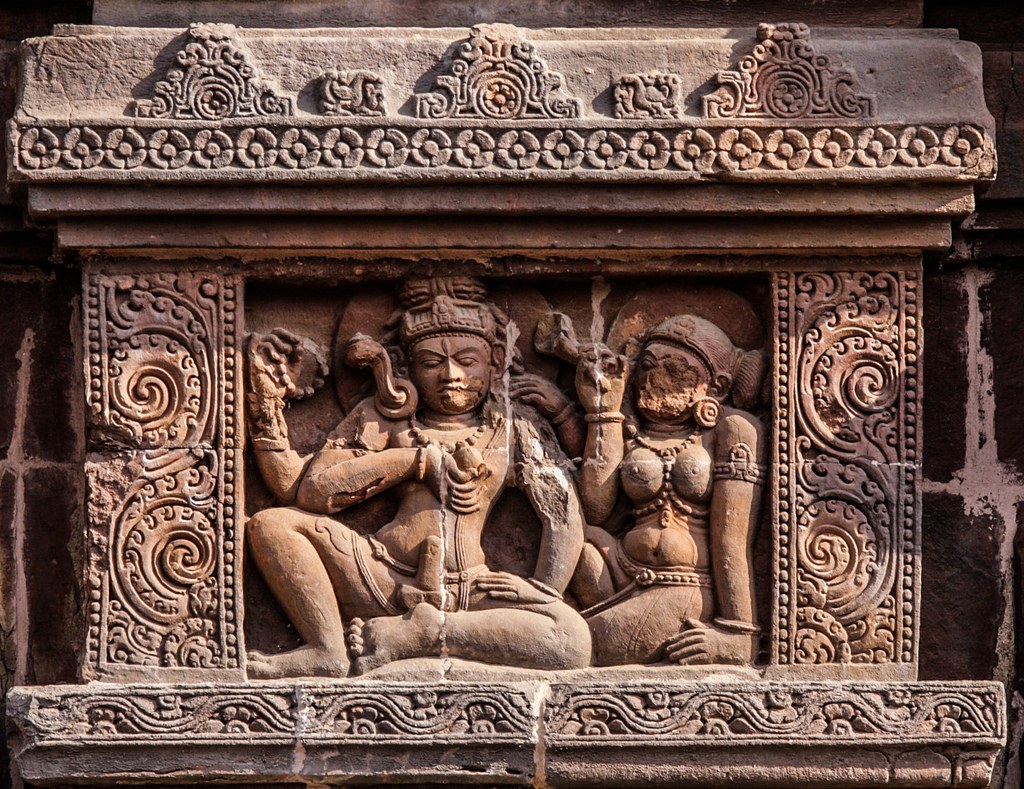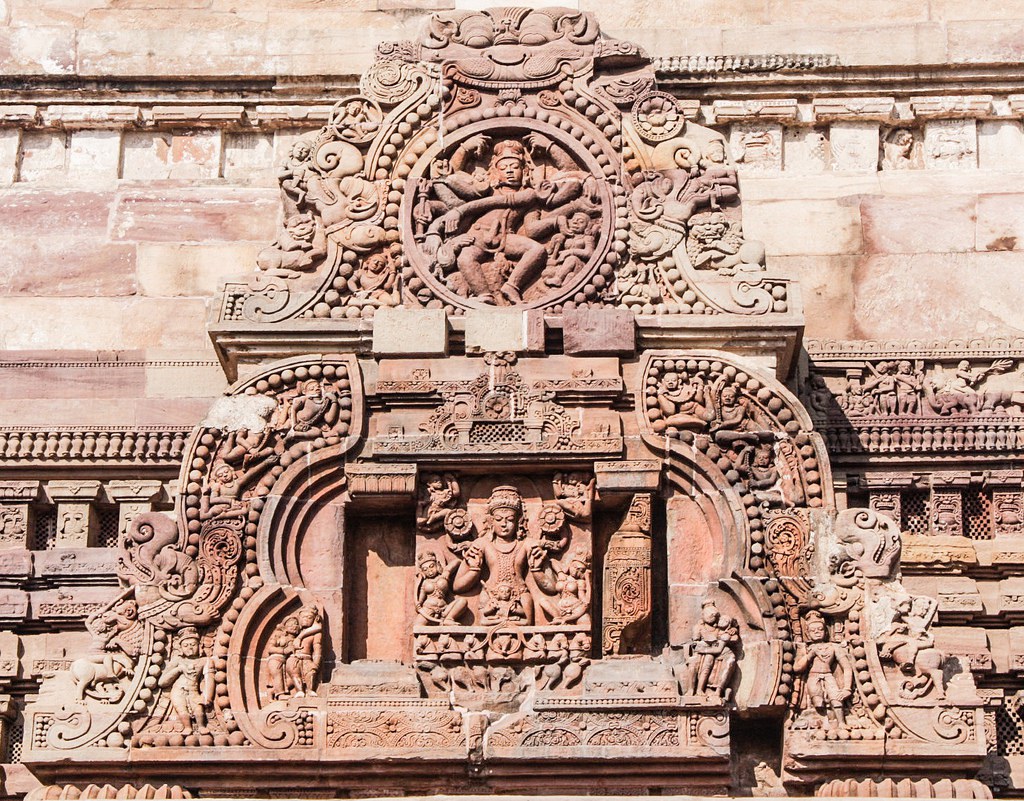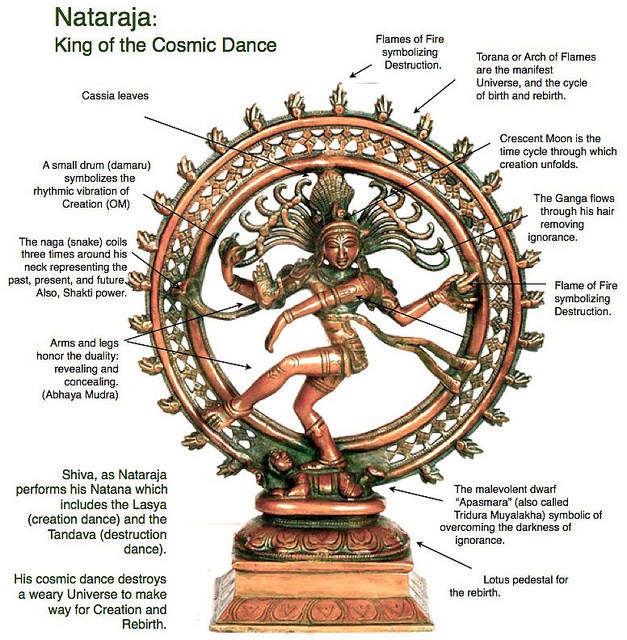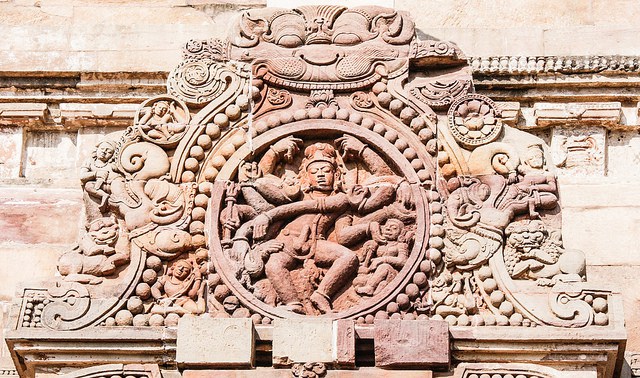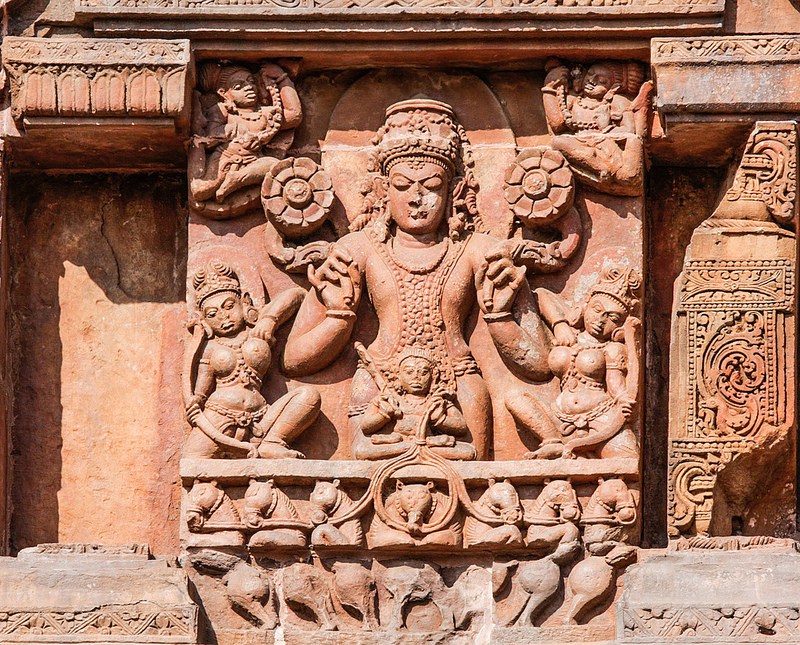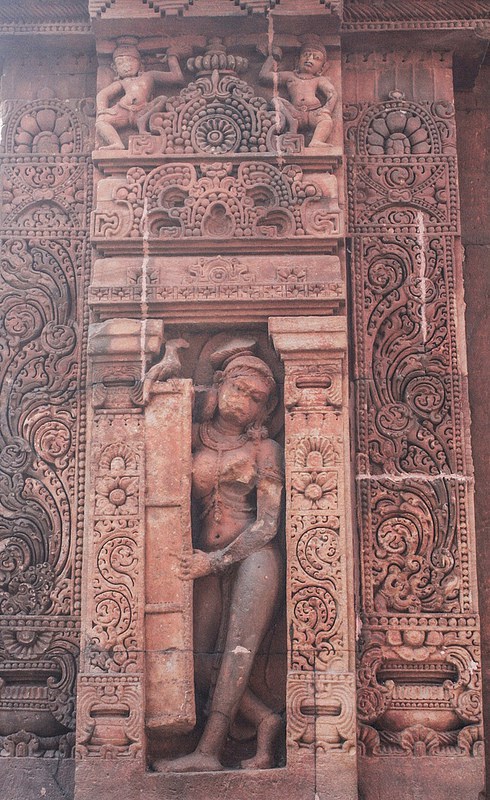Vaital temple is a living temple where Durga or Shakti is considered primary. Within its Jagamohana, it contains two images: a naga holding foliated vases along with one image of Mahisamardini, and latter only a Mahisamardini. (Jagamohana is an assembly hall in the Hindu temple architecture, especially in Odisha. It is located between the temple entrance and the Garbha-griha (sanctum sanctorum). )
The inscriptions in different periods of its existence serve as archaeological guides to the history of the shrine to approximate dates. The temple bears two such inscriptions. Using these, eminent historian Dr Krishna Chandra Panigrahi places the temple in the eighth century A.D. He also associates the temple with the art movement started by the Bhaumakaras in Orissa.
The origin of the name of the temple can be traced to the type of cult that was practised in the temple around the time. It is the place of worship of Kapalikas who used powerful mantras to invoke spirits (vetala) and from the word vetala, the name Vaital has been derived. On a lighter note I’m surprised the Britishers did not vandalise the name to change it to Vital Temple. That should have made Bhubaneswar, albeit a generation later with usual prejudiced inferences, the centre of Hinduism for it contained the “Vital” Temple.
Vaital Temple’s architecture isn’t typical of any particular type of temple. This temple is not a typical shikhara Temple like its predecessors at Bhubaneshwar. Some historians also attribute the architectural form of the temple to the Dravidian gopuram or to the rathas of Mahabalipuram or to the Buddhist chaitya halls.
- The roof is differently built on the cantilever principle and has similarities to a miniature gopuram. This is also called a Tini-mundia Deula (Tini= three, mundia= headed, Deula= temple in Odia).
- An eminent historian Professor M M Ganguly suggests the shape of the Vaital Temple has been derived from the rathas of Mahabalipuram. Bhima’s and Sahadeva’s rathas have similarities to the temple. The finials on the roof of the temple consists of amalakas, kalasas, andtrishula ayudhas (unlike the
rathas of Mahabalipuram) and are crowning components of all Bhubaneswar temples but then again, its elongated vaulted roof is suggestive of the ratha architecture of the south - The jagamohana is a low rectangular structure with four miniature sikhara temples embedded at its four corners; supposedly an innovation in this particular temple and has resemblance to the Sisiresvara Temple (cognate temple of the era). The temple has no perforated windows, grills, or pillars inside.
-
Point of note however is the temple was built during the reign of the Bhaumakaras. The Bhauma School of architecture represented Buddhist influence. Historian Mr Percy Brown has shown in his analysis the ancestors of the rathas and gopurams are Chaitya halls of the Buddhists.
In conclusion, the architects and builders of the temple had prior deep knowledge of the sikhara architecture and with their Buddhist leaning, learning, and training, showed predilection to the Chaitya-type Buddhist architecture and evolved the art using their knowledge of sikharaarchitecture as a base. This innovative concept further evolved to create a new type of architecture later on, called the Khakhara architecture which they documented in the Silpasastras (three more examples of khakhara architecture can be found inside Bhubaneswar: one inside Lingaraja temple complex, Gauri temple, and a miniature temple near Siddhesvara temple)
Another peculiarity: In the earlier temples of the era, the side-niches contained images carved out of single blocks of stone. This made it easy for the antiquity collectors to remove those beautiful creations without damaging the superstructure. But, in this temple and its cognate members, the technique used was different. The side-deities were carved out of two or three blocks of stone lying in the two or three courses of the walls. This innovation made side-deities part of the walls. So, unless the temple superstructure containing them was totally ruined, the side structures could not be removed on standalone basis. The cost of beauty was sacrificed for the cost of safety and preservation. This was typical during the period and is neither preceded nor followed in any other group of temples at Bhubaneswar.
- Khadga (sword), Trishula (trident), Vajra (lightening), and Sula in the right hands
- Khetaka (shield), Dhanu (bow), naga sarpa (cobra) in the left hands
- The snake drawing out the tongue of the Mahisa-Asura (buffalo-headed demon) forcibly and the lion, her vahana pouncing on the right elbow incapacitating the victim while the Devi thrusts her long Trishula into the breast of the demon
-
The grotesque head of a lion with pearls dropping down from the mouth are called Kirtimukha. This is considered a symbolic representation of the fame of the person either inside the enclosure of the pearls or the person who installs the temple as a mark of his devotion to the enshrined deity. Normally, these lions don’t have riders. But, as a deviation, in the Vaital temple and its cognate cousins, the kirtimukhas have a rider. This is supposed to warn the devotees to control the aggression and devotion lest there should be overflow of Shakti resulting in destruction. In some other temples, the kirtimukhas come with elaborate decorative motifs and designs. I will cover them when I write about the Mukteshwara Temple in Bhubaneswar.
-
Now, to a normal devotee, the figure inside this kirtimukha will mean nothing unless one goes deep into the history and mythology. Let me open it up. Consider the right image in detail.
- There is a clear halo behind the head. This means the person is respected for his divine powers.
- It is a male with the membrum virile (penis) erect.
- His hair is curly showing Buddhist leanings.
- He is seated on a lotus, in padmasana deep in meditation and holds a gyaan-mudra (index finger tip touching the thumb tip while other three fingers are joined and stretched) cusping both palms near the Anahata Chakra (heart chakra).
- He has four disciples surrounding him, also on lotuses and waiting.
- He holds a staff with an eye in it.
Do the above ring a bell? If no, observe the images in detail again and scroll down. The explanation follows the images.
The one in the middle is Lakuli or Lakulisa- the first one to give Pasupata sect of Shaivism. The curly hair and the meditative pose (also called Dharmma Pravarttana mudra) are likely to be mistaken for Buddha and rightly so. But, he holds the distinctive lakuta (staff). That opens up his identity and settles it with more. The four figurines around him are seated on lotus flowers arising from the common lotus flower of their master. They hold granthas (books) in their hands and are seated in abhay (fearless) asana and hence are not only students but also preachers in their own right. As per Vayu and Linga puranas, their names are Kusika, Garga, Mitra and Kaurushya. Lakulisa is said to be born in the first century AD as an incarnation of Lord Shiva at Kayarohana (near modern day Baroda).
And herein lies the beauty of hindu culture: first teacher of Pashupata sect is depicted in meditation with features borrowed from Sri Buddha and magnificently featured on the walls of a Shakti Peetha where the Mother Goddess is prayed in one of her most aggressive stances.
This is the façade of the temple where the above is depicted.
As one goes down (shown below), in a niche, one comes across Harihara and Shakti. Did you notice, I didn’t use Shiva and Parvati as one normally would think? Let’s look at the image carefully. The male is holding a japamala (prayer beads) and a conch-shell in the right hands. The cobra hangs from the neck. The trinetra (third eye) is closed. This is a concept I haven’t understood in detail yet. The male is a combination of Hari (Vishnu) and Hara (Shiva). Shakti is beside him in her most benign form.
Let me take a detour to the front façade of the temple. Within a kirtimuka, we come across a beautiful medallion of rare ten-handed Nataraja. This medallion seems very well preserved.
This is unlike the standard Nataraja images I have come across. For reference, I have used the explained Nataraj image from IndiaDivine.org
- In the Vaital Temple, Shri Nataraj holds a Japamala (meditation beads), Trishula (trident), Naga (cobra), and a kharpara (skull) in four hands.
- The fifth hand touches the chin of a female. She doesn’t have a halo behind her head.
- One of the left hands crosses over to the right for the Abhay mudra but the corresponding right hand doesn’t rise for the blessing. The left leg also doesn’t cross over to complete the Abhay mudra. However, the feet align to dance beat and the top arms align to dance movement.
- The membrane virile is erect.
- Nandi, his vahana, looks up between his legs.
I am unsure if I am capable to explain Shri Nataraja here. I bow to the lord and move on.
Below him, there is a beautiful Surya (Sun) statue as follows:
- Seated in front of Surya is Aruna controlling the seven horses signifying the seven colours of the rainbow.
- On the sides are seated Usha (dawn) and Pratyusha (the time before dawn) with their bows and arrows to drive away darkness as Surya arrives.
Before I post the remaining for interpretation, there is one picture which is very doubtful and historians haven’t been able to peg it. I notice the halo behind the head. She is a form of devi. There is a particular bird with her. It is not her vahana but seems like a messenger. I am not sure is she is Urvashi. Please see if you can and drop me a note on the following.
I will be back with more on other temples soon.
Hope you enjoyed the small journey with me.
For more pics and awesome blogs like this check this link to blog

